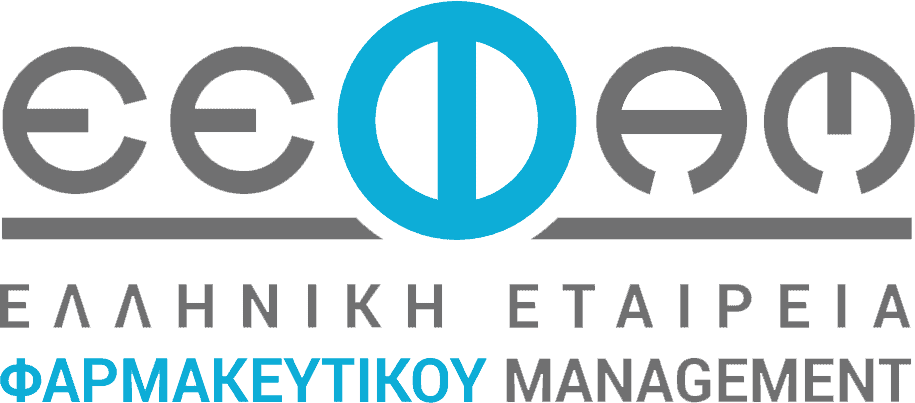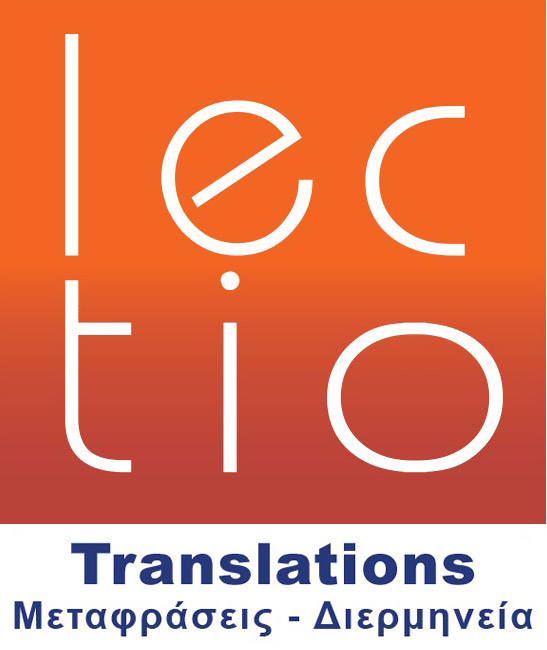Blog
Blog
What is empathy training and why do we need it?

How much does empathy training actually matter in the workplace? In a recent report titled the State of Workplace Empathy, 82% of employees said they’d resign to work for a more empathetic organization.
In both 2020 and 2021, the annual study found that only one in four employees believe the level of empathy in their organization is sufficient. These are important statistics given the fact that 73% of North American employers expect challenges in attracting and retaining talent to continue through the year.
Empathy in the workplace
UK consulting group Lady Geek used metrics like CEO approval ratings, organizational culture, and sentiments toward companies on social media to name 10 businesses atop a “Global Empathy Index.” Those companies were:
- Alphabet (Google)
- Netflix
- Unilever
- Southwest Airlines
- Microsoft
- Whole Foods Market
- Johnson & Johnson
- SAP SE
These organizations create thriving, empathetic cultures in unique ways. For example, Alphabet offers up to 18 weeks of paid leave for new moms and six weeks for dads. And Facebook gives employees the flexibility to select when their work shifts begin and end.
Research from Businessolver identified some of the top empathetic behaviors desired by employees as: flexibility in schedules and deadlines, remote work options, professional development opportunities, and mental health benefits.
What is empathy training?
Empathy is the ability to recognize and feel the emotions of others, putting oneself in their position to better understand what they’re going through. This is different from sympathy – the feeling of sorrow for what someone else is experiencing.
Unlike sympathy, empathy allows a person to better connect with the core reason someone is feeling a certain way. Building this capability in empathy training can help create a more supportive organizational culture.
But empathy isn’t a one-size-fits-all emotion. Because every situation is unique, psychologists Daniel Goleman and Paul Ekman defined three different kinds of empathy an individual can experience:
- Cognitive empathy is when a person is able to understand what someone else might be feeling and thinking. This form of empathy allows another person to take on their perspective in a situation.
- Emotional empathy (also known as “affective empathy”)is when someone is able to share another person’s feelings. It helps them build an emotional connection with that person.
- Compassionate empathy compels a person to take action as a result of another’s feelings, for example, jumping in and helping when another person is emotionally distressed.
Learning and development leaders can promote each type through structured empathy training, allowing the entire organization to reap the benefits. It’s worth noting, however, that because it often requires shifting mindsets and perspectives, increasing empathy at work takes time.
People typically develop empathy as children but some individuals are less predisposed to it, such as those with neurodiverse backgrounds who may struggle to recognize social cues, and those with narcissistic personality disorder. Fortunately, adults can develop empathy when they’re taught about identifying emotions in others, responding appropriately to those emotions, and then given a chance to practice showing emotions.
As with any skill, empathy is strengthened with continuous practice. Training opportunities can include collaborative group exercises and role playing activities, particularly ones that encourage participants to imagine what it’s like in someone else’s shoes.
Adults can develop empathy when they’re taught about identifying emotions in others, responding appropriately to those emotions, and then given a chance to practice showing emotions.
Social awareness can be developed when employees practice paraphrasing what someone else said to check for understanding in a conversation. They can also practice interpreting facial expressions and vocal tones correctly. Simulations of real-world scenarios that depict what empathy looks like in everyday workplace interactions can be helpful references for employees, too.
Video micro-lessons are another effective tool for making empathy one of the cultural cornerstones of an organization, as they can easily be distributed at scale. Lesson topics that can increase empathetic behaviors include: emotional intelligence, active listening, nonverbal communication, diversity and inclusion, and servant leadership.
The video below is a short clip from a lesson by six-time Emmy and Golden Globe Award winner Alan Alda. In it, he touches on an often overlooked aspect of building empathy: the possibility of having too much of it.
As Alda explains, having empathy does require setting some limits – “Part of the theory of empathy is that you understand what the other person is feeling, because you feel it yourself. But if you sink into that feeling and get lost in it, and if it begins to rule your end of the communication, then it’s no longer a tool. It’s something that’s working against you.”
The concept of setting boundaries around empathy is especially important for those who manage talent. Although leading with empathy is critical, too much of it might find managers carrying the weight of their direct reports’ responsibilities – and their performance can suffer as a result.
The benefits of empathy training
The advantages of empathy training are numerous, making it easy to start conversations about why it matters and gain buy-in. For starters, employees are more likely to stay with an organization longer when they feel understood, cared for, and appreciated by their superiors. 77% of employees even said they’d be willing to work more hours for a more empathetic workplace.
In addition to its impact on retention, 84% of CEOs and 70% of employees believe empathy drives better business outcomes. In fact, the 10 companies that topped the Global Empathy Index increased in value more than twice as much as the 10 least empathetic companies in the span of a year between surveys (according to market capitalization data).
Empathy training for customer service and sales teams can help employees build more positive, sustainable relationships with key stakeholders. In a Big Think+ lesson, former FBI negotiator and author Chris Voss describes how identifying verbal and nonverbal cues is key to successful negotiations. In this context, empathy can be leveraged to recognize others’ pain points and respond appropriately to support them.
Management staff can also benefit from empathy training, as they set the tone for individual contributors. Without strong empathy skills, managers can damage an organization’s culture at the frontlines. For example, when employees don’t feel seen and understood, it can lead to “covering” – behaving inauthentically for the sake of fitting in with the team. On the contrary, when employees feel accepted in an inclusive environment, creativity and innovation thrives.
Final note
There’s never been a better time to implement empathy training, now that the world is rebounding from a pandemic.
With more adults reporting symptoms of anxiety and depression now versus before the COVID-19 pandemic began, many organizations are rising to the occasion. Some, like Bumble, are even offering employees a “burnout break” for dedicated time away from the office to mentally recharge.
Empathy reminds us that people, not just profits, are why organizations thrive. For those hoping to improve the overall employee experience, reaping the business benefits of empathy training is a bonus.








